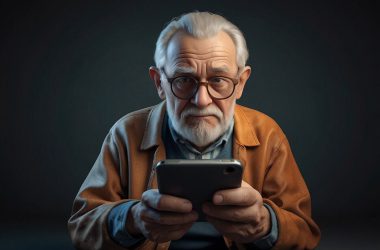Understanding the Basics
In our increasingly digital world, accessibility on the web is not just a preference; it’s a necessity. Following our discussion on the significance of web accessibility and the tools available to implement it effectively, let’s delve deeper into the foundational aspects of web accessibility. In this article, we’ll demystify the core concepts and guidelines, providing a comprehensive understanding of what it means to make your website truly inclusive.
Table of Contents
Understanding Web Accessibility:
Web accessibility, at its core, is about ensuring that websites are usable by all individuals, regardless of their abilities or disabilities. This encompasses a wide range of disabilities, including but not limited to visual, auditory, physical, cognitive, and neurological impairments. The goal is to remove barriers that prevent people from accessing and interacting with web content effectively.
Key Concepts:
- Perceivable: Content should be presented in a way that users can perceive it. This includes providing text alternatives for non-text content like images, videos, and audio files. Captions and transcripts for multimedia content ensure that individuals with hearing or visual impairments can access the information.
- Operable: Websites should be operable using a variety of input methods, such as keyboard navigation, voice commands, or assistive technologies like screen readers. Navigational elements should be easily accessible and intuitive, allowing users to move through the site seamlessly.
- Understandable: Content should be presented in a clear and understandable manner. This involves using plain language, organizing information logically, and providing helpful cues and instructions. Users should be able to comprehend the purpose and functionality of different elements on the website.
- Robust: Websites should be built using technologies that are compatible with assistive technologies and future-proofed against evolving standards. This ensures that users can access content reliably across different devices and platforms, regardless of their assistive needs.


Guidelines and Standards:
The Web Content Accessibility Guidelines (WCAG), developed by the World Wide Web Consortium (W3C), are the internationally recognized standards for web accessibility. These guidelines are organized into four principles—perceivable, operable, understandable, and robust—and are divided into three levels of conformance: A, AA, and AAA. While achieving AAA compliance may not be feasible for all websites, striving for at least AA compliance is recommended to ensure a reasonably accessible user experience.
Common Accessibility Features:
Implementing web accessibility involves incorporating various features and techniques into your website’s design and development process. Some common accessibility features include:
- Alternative text for images: Descriptive text that conveys the meaning or context of images to users who cannot see them.
- Keyboard navigation: Allowing users to navigate through the website using keyboard shortcuts instead of a mouse.
- Captions and transcripts: Providing text-based alternatives for audio and video content to accommodate users with hearing impairments.
- Color contrast: Ensuring sufficient contrast between text and background colors to improve readability for users with low vision or color blindness.
Enhance your website’s accessibility effortlessly with the Meacodes Accessibility Tools free WordPress plugin. From adjusting color contrast to highlighting links, this plugin offers a suite of features to make your website more inclusive. Easy to install and customize, it’s the perfect solution for ensuring compliance with accessibility standards while improving user experience for all.
Conclusion:
Web accessibility is a fundamental aspect of creating an inclusive online environment where everyone can participate equally. By understanding the core concepts, guidelines, and best practices of web accessibility, website owners can take proactive steps to ensure that their content is accessible to all users. Whether you’re a developer, designer, content creator, or website owner, embracing web accessibility is not just a legal requirement but a moral imperative. Let’s work together to build a web that is truly for everyone.









